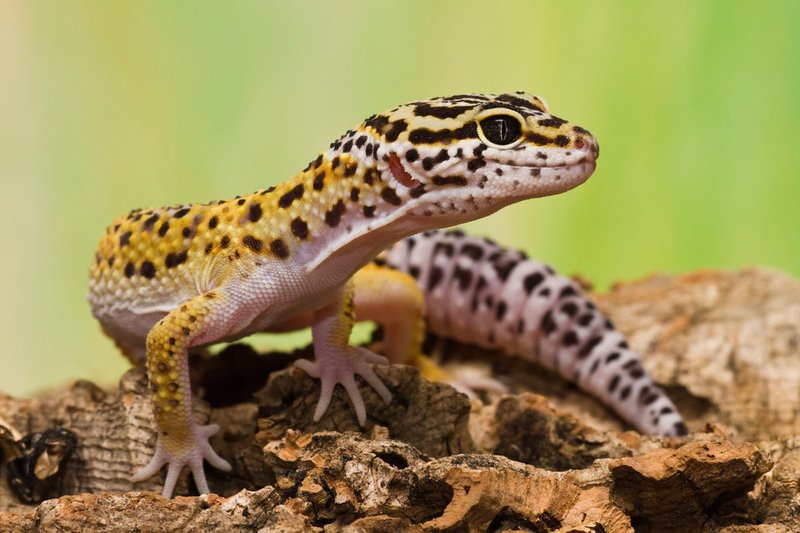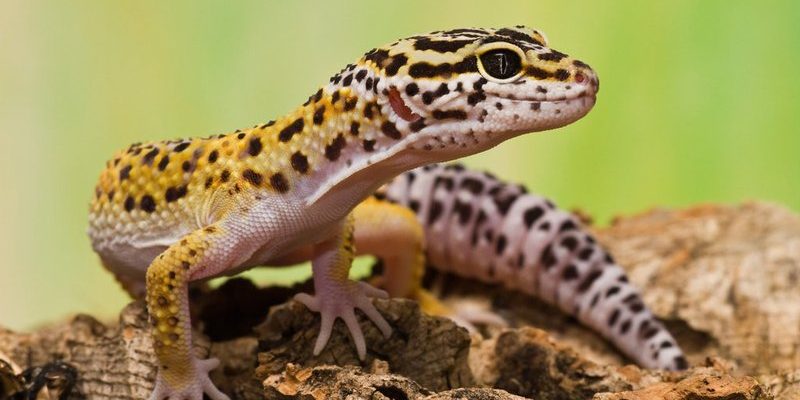
Leopard geckos, with their distinctive patterns and vibrant colors, aren’t just cute—they also have some intriguing behaviors. Understanding how to identify them in their natural habitat can enhance your outdoor adventures. You might be surprised to find out how many of these charming lizards are out there, especially if you know where to look and what to look for. So, let’s dive into the world of leopard geckos and explore the best ways to spot them in the wild!
Where to Find Leopard Geckos
Leopard geckos are native to the dry regions of Asia, particularly in countries like Afghanistan, India, and Pakistan. So, where can you begin your search? Look in areas with rocky outcrops, sand dunes, and sparse vegetation. These habitats provide the perfect environment for these little reptiles to thrive.
When you’re out exploring, focus on warm and sunny spots during the day. Leopard geckos are primarily nocturnal, but during certain times of day, you might catch them basking in the sun. Early morning or late afternoon is ideal for spotting them as they warm up after a cool night.
If you’re in a suitable habitat, try to find places where they could hide—under rocks, in crevices, or among vegetation. They love to stay close to their hiding spots because it makes escaping predators easier. So don’t be shy; peek under rocks and around bushes!
Key Physical Characteristics
You might be wondering how to tell a leopard gecko apart from other lizards. Here are some key features to help you identify them:
- Skin Color: Leopard geckos usually have a yellowish base color with black spots or rosettes, resembling a leopard’s coat. However, some may exhibit variations, including white, orange, or even a striking blue hue.
- Tail: Their tails are thick and can store fat, which helps them survive when food is scarce. If the tail is regenerated, it might look less vibrant, but you can still spot the characteristic spots.
- Eyes: These geckos have large, bright eyes with slit-like pupils, which help them see well during low light conditions. The eyes can also show varying colors, ranging from yellow to bright green.
Take your time to observe these features, especially the spots. The contrast between their bright skin and dark spots is a signature look that makes them stand out in their natural habitat.
Behavioral Traits to Observe
Behavior can also offer clues when identifying a leopard gecko. If you spot a lizard basking in the sun, watch how it moves. Leopard geckos often exhibit a slow, deliberate movement. They tend to be cautious, darting back to their hiding spots if they feel threatened.
You might also notice them engaging in social behaviors, especially during mating season. Males may exhibit head bobbing or vocalizations to attract females. Their unique chirping sounds can even help you locate them if you listen closely.
One interesting behavior to observe is their tail-waving, which can be a sign of excitement or even a distraction tactic when threatened. Understanding these behaviors will enhance your ability to spot and appreciate these geckos in their natural setting!
Using Tools for Identification
While your eyes and instincts are invaluable, some tools can make identifying leopard geckos easier. A good pair of binoculars is essential for observing them from a distance without scaring them away. This way, you can study their patterns and behaviors without getting too close.
You might also consider bringing a camera along. Not only can you capture moments of your adventure, but having photos can help you compare with online guides or field books later on. Look for guides that focus on lizard species in the regions you’re exploring.
Lastly, keep a simple notebook to jot down your observations. Noting their colors, patterns, and behaviors can help you remember specific details and improve your identification skills over time.
Common Misidentifications
When searching for leopard geckos, it’s easy to confuse them with other lizards. One common lookalike is the golden gecko, which has a similar coloration but lacks the characteristic spots of the leopard gecko.
Another is the Mediterranean house gecko, which is generally lighter in color and has a more streamlined body. The house gecko’s tail will often be thinner and less robust than that of a leopard gecko.
To avoid misidentifications, focus on their unique markings and size. Leopard geckos are typically about 7 to 10 inches long, making them larger compared to some other small lizards you might find. Keep these differences in mind as you explore!
Respecting Their Habitat
As you set off on your quest to find leopard geckos, remember to be respectful of their environment. Avoid disturbing their habitats—don’t flip over rocks unnecessarily or disrupt their hiding spots. It’s our responsibility to preserve wildlife and their homes.
If you spot a leopard gecko, try to observe without getting too close. Keeping a respectful distance allows you to enjoy watching them without causing stress or danger for the animal.
Moreover, if you’re in a national park or protected area, follow all guidelines. This ensures that these fascinating creatures remain safe for future generations to appreciate.
Identifying a leopard gecko in the wild can be an exhilarating experience. With their distinct appearance and behaviors, spotting these charming lizards adds a unique touch to any nature outing. By knowing where to look, what to observe, and how to differentiate them from similar species, you’re well on your way to becoming a pro at spotting leopard geckos.
So grab your binoculars, head out into their natural habitat, and enjoy the adventure! Just remember to be patient and observant—you may just find that hidden gem you’ve been searching for! Happy gecko hunting!

